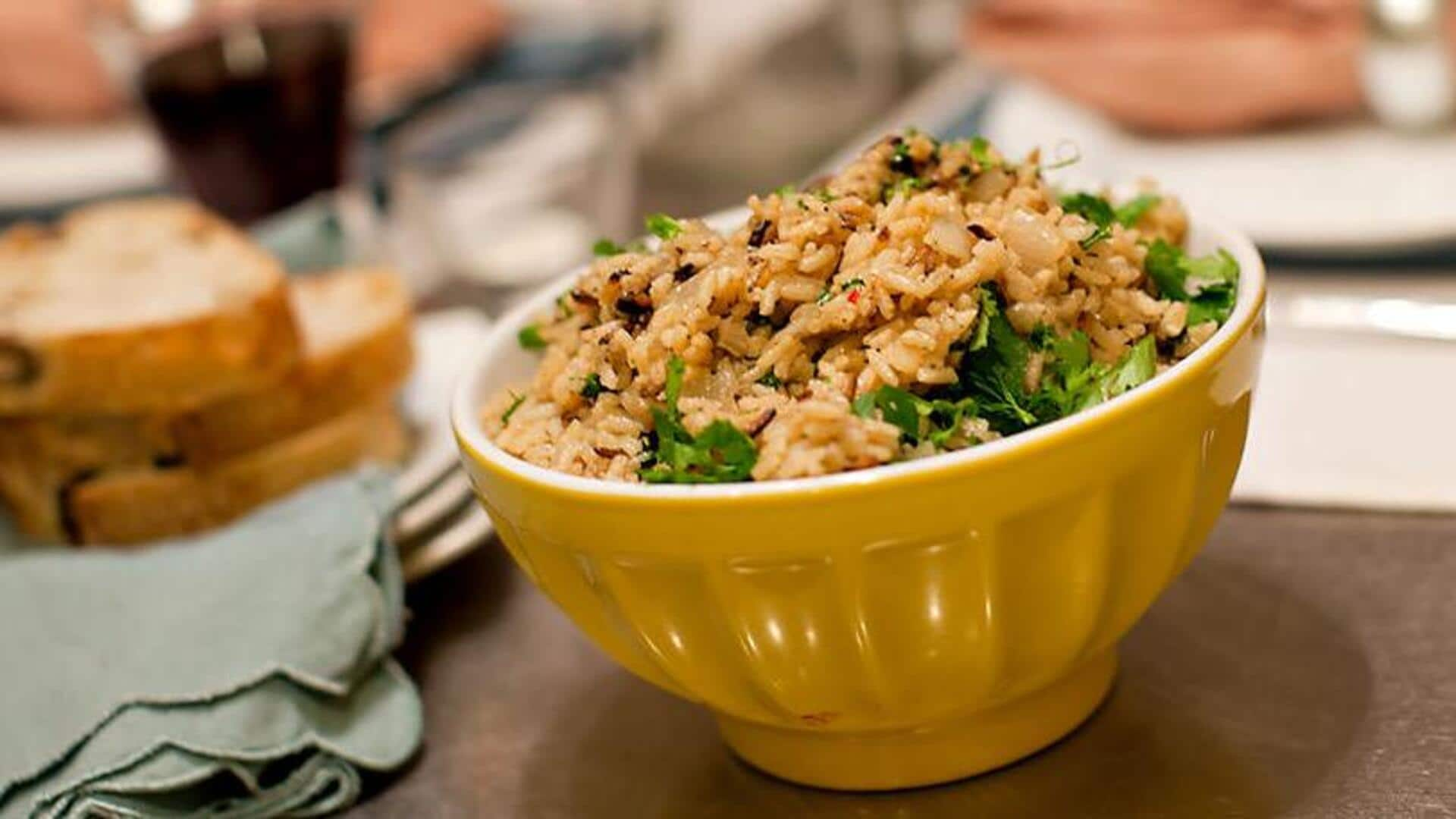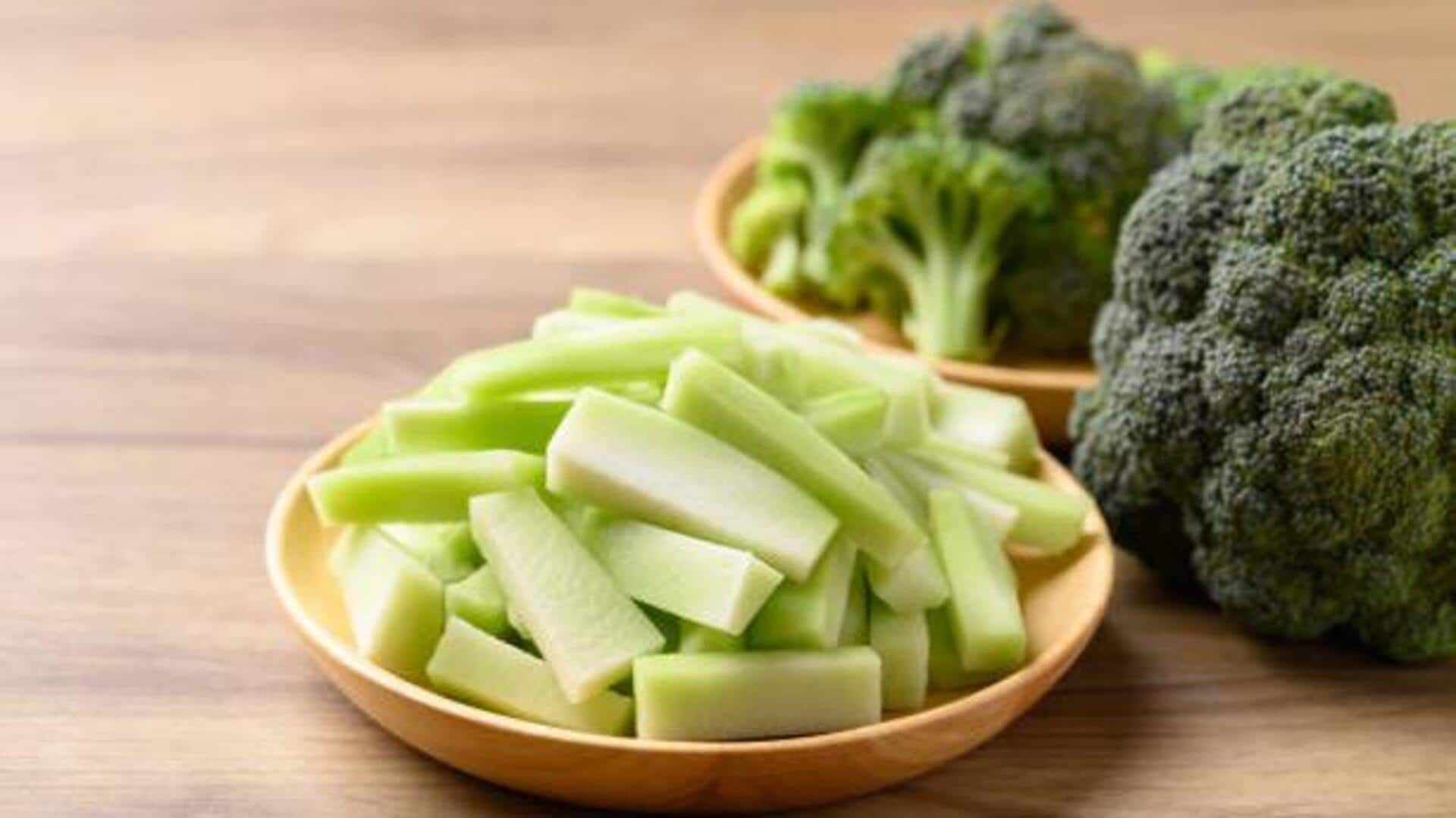Breadcrumb Brilliance
Stale bread doesn't have to meet its end in the trash. Instead, transform it into something useful and tasty: homemade breadcrumbs. These breadcrumbs are
fantastic for breading chicken or fish, creating a delicious crispy coating. They are also perfect for thickening soups, or for sprinkling on top of salads for some texture. Another option is turning stale bread into croutons. Simply cube the bread, toss with olive oil, herbs, and spices, then bake until golden and crispy. Both breadcrumbs and croutons are excellent ways to add flavor and reduce waste in your culinary practice.
Citrus Zest Power
Citrus fruits offer more than just juice; their zest is a flavourful powerhouse. Save those lemon, lime, and orange peels for an aromatic boost in your cooking. Grated citrus zest adds a vibrant touch to desserts, infusing cakes, cookies, and muffins with a zesty flavor. It also works in savory dishes, enhancing the flavor profile of salads, marinades, and dressings. The zest provides a burst of freshness that complements a wide range of recipes, making it a valuable ingredient. It's a simple trick to elevate the flavor of your dishes, while also minimizing waste.
Smoothies with Overripe Fruits
Don't let overripe fruits go to waste. Instead, use them to create nutritious and delicious smoothies. Overripe bananas, berries, and mangoes become naturally sweet and easily blendable when they are in that state. These fruits offer a concentrated sweetness that often eliminates the need for additional sweeteners. Combine these fruits with milk, yogurt, or other fruits to create smoothies. This method is perfect for using up fruit that is on the edge of going bad. This is also an excellent way to ensure you get all the nutrients in the fruits, as well as reduce the amount of waste.
Banana Peel Chutney
In Indian households, banana peels aren't discarded; instead, they are transformed into a flavorful chutney. This traditional dish uses banana peels cooked with spices, creating a savory and slightly sweet condiment. The peels offer fiber and a unique texture to the chutney, making it a healthy and delicious addition to meals. This practice of using the entire fruit is part of a culture of resourcefulness. This chutney provides a tasty way to use ingredients that would normally be discarded, reducing food waste and adding cultural depth to your cooking.
Veggie Scrap Broths
Make flavorful homemade vegetable stock from leftover vegetable scraps. Save onion peels, carrot tops, celery ends, and other vegetable trimmings. Place them in a pot of water, along with herbs and spices, and let them simmer to create a nutritious and flavorful broth. This homemade stock is a perfect base for soups, stews, and sauces, enhancing the flavor of your dishes. The broth offers a deep flavor profile, using the parts of vegetables that might otherwise be thrown away. This allows for the maximum usage of vegetables, and reduces the amount of waste created.
Pickled Veggie Stems
Don't throw away broccoli and cauliflower stems. Instead, pickle them. Pickling is a preservation method that uses vinegar, spices, and sometimes sugar to create a tangy and crunchy snack. These pickled stems add a refreshing, acidic bite to any meal. Pickled stems are great on their own as a snack, or they make a delicious addition to salads or sandwiches. It's a clever way to reduce waste, adding both flavor and texture to the culinary process, making use of every edible part of your produce.





